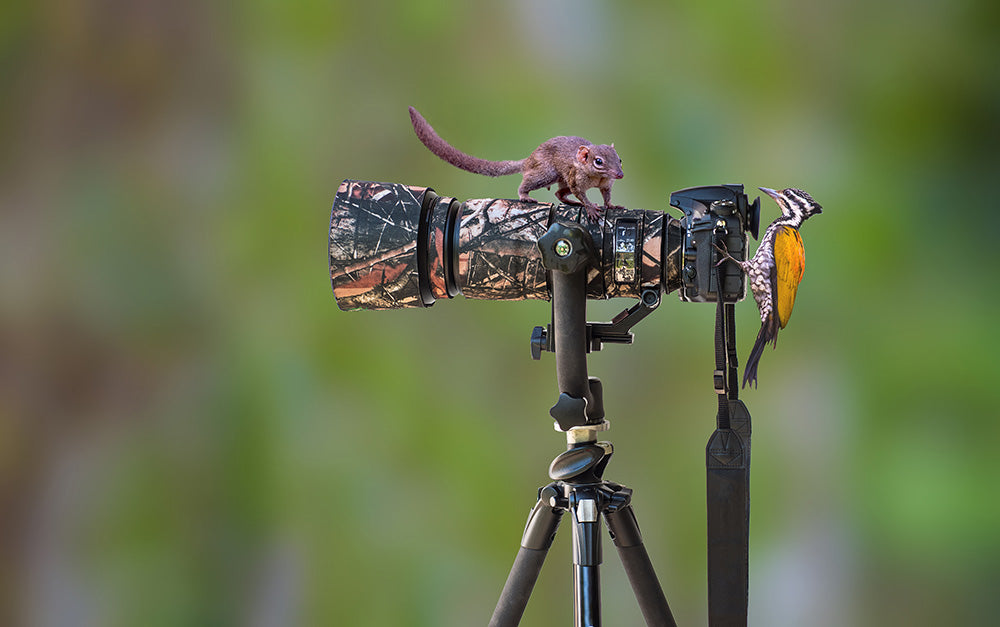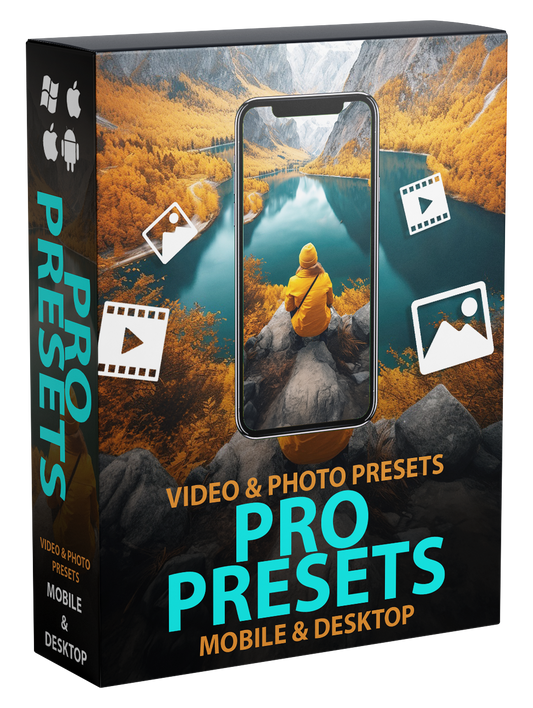Taking great photos of animals and wildlife can be a challenging task, but with the right techniques and equipment, you can capture stunning images that truly showcase the beauty and behavior of animals in their natural habitat. Here are some tips on how to take great photos of animals and wildlife:
-
Research your subject: Before you head out to take photos of animals and wildlife, take some time to research your subject. Learn about the animal's behavior, habitat, and best times to see them. This will help you to plan your shoot and increase your chances of getting great photos.
-
Use a long lens: A long lens is essential for wildlife photography as it allows you to get close to your subject without disturbing them. A telephoto lens with a focal length of at least 300mm is recommended for most wildlife photography.
-
Use a tripod: A tripod is an essential piece of equipment for wildlife photography. It will help you to take sharp, blur-free photos and will also come in handy when shooting in low-light conditions or when using slow shutter speeds.
-
Be patient: Wildlife photography often requires a lot of patience. Animals can be unpredictable and may not always be in the best position for a photograph. Be patient and wait for the perfect moment to capture that great shot.
-
Use the right shutter speed: To freeze the movement of animals and wildlife, you'll need to use a fast shutter speed. A shutter speed of at least 1/1000th of a second is recommended for most wildlife photography.
-
Use the right aperture: To ensure that your subject is in focus and the background is blurred, use a wide aperture. Aperture values such as f/2.8 or f/4 will give you a shallow depth of field and help to isolate your subject.
-
Use the right ISO: To ensure that your photos are not underexposed, use a higher ISO. A higher ISO will allow you to use a faster shutter speed and a wider aperture. However, be careful not to use too high an ISO as it can lead to noise in your images.
- Be mindful of the background: The background can make or break a wildlife photograph. Be mindful of what's in the background and try to choose a background that complements the subject. Also, be aware of any distracting elements in the background such as branches or twigs that may take away from the subject.
-
Use the right time of day: The quality of light can have a huge impact on the outcome of your wildlife photographs. The best light for wildlife photography is typically in the early morning or late afternoon when the sun is low in the sky. This creates a warm and soft light that can be very flattering for wildlife.
-
Respect the animals and their habitat: Always remember that you are a guest in the animal's environment. Respect their space, and do not disturb their natural behavior. Do not use flash photography, and avoid getting too close to the animals. Additionally, be aware of and respect any laws or regulations that may be in place to protect the animals and their habitat.
-
Post-processing: Once you've taken your photos, it's important to take the time to post-process them. Use editing software such as Lightroom or Photoshop to adjust the exposure, color, and contrast of your images. This can help to bring out the best in your photos and make them truly stand out.
By following these tips, you'll be well on your way to taking great photos of animals and wildlife. Remember to be patient, respectful, and always be mindful of the animals and their habitat. With a little bit of practice and perseverance, you'll be able to capture stunning images of animals and wildlife that will be treasured for years to come.










